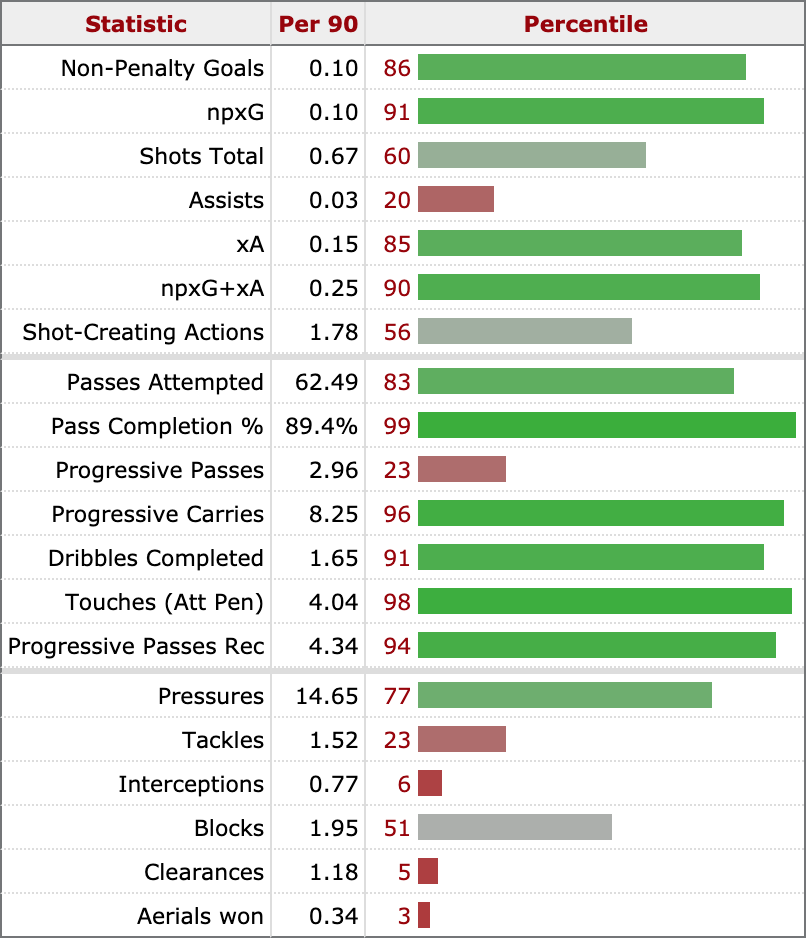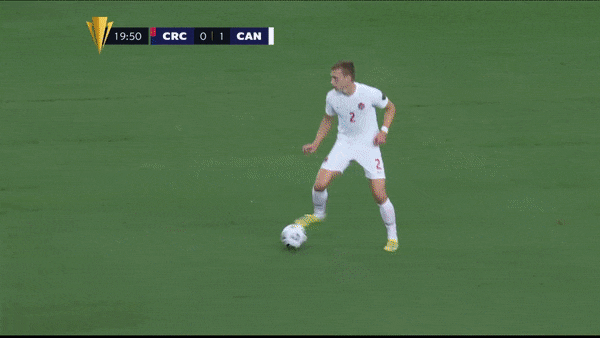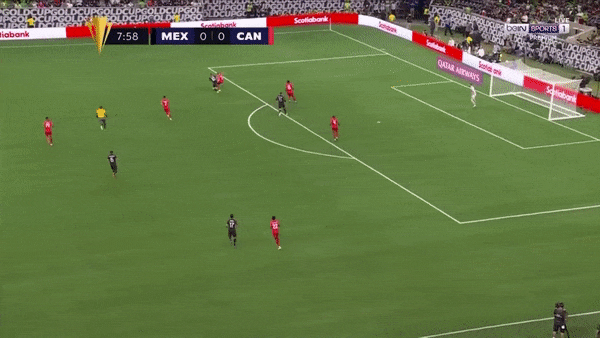For the first time in 24 years, the Canadian men's national team is participating in the final round of Concacaf World Cup qualifying.
It will also host its first competitive match in Canada since October 2019 – when Les Rouges famously defeated the U.S. in Concacaf Nations League – at BMO Field this Thursday against Honduras.
Three days later, Canada will travel to Nashville to take on the U.S. before returning to BMO Field on Sept. 8 against El Salvador to close out the international window.
With 14 games standing between the Canadians and a first appearance at a FIFA World Cup since 1986, here are five keys to Canada's opening three qualifiers in the "Ocho."
Squad rotation
With three games in seven days in all but one window (November), squad rotation is imperative.
Despite naming just 23 players to his roster, coach John Herdman incorporated a mixture of those who boosted their stocks at the Gold Cup this summer and maintained the same core from the June qualifiers as well.
The likes of Milan Borjan, Scott Kennedy, David Wotherspoon, Alphonso Davies and Jonathan David missed the Gold Cup due to club commitments, but played vital roles in the opening two rounds to help Canada reach the octagonal stage. Meanwhile, Tajon Buchanan and Kamal Miller were two key players this past summer and will be leaned on over the next seven days.
"We worked around what we see as our points total and what our stretch goal is," Herdman said when explaining the rationale for his squad selection. "We've looked at where our margins for error are. We're aware of the road victories that we're absolutely targeting. Ultimately, we want to win every game at home. That's the priority for us, to accumulate 21 points in Canada – in areas in Canada – that fans can get behind us."
Now, for seemingly the first time, the men's program has two quality players per position. For example, Kennedy and Miller can replace one another at left-sided centre-back. Sam Adekugbe can fill in at left wingback for Davies. The midfield trio from the Gold Cup – Stephen Eustaquio, Mark-Anthony Kaye and Jonathan Osorio – all have like-for-like replacements as well.
Tactical flexibility
In addition to squad depth, Canada has developed tactical flexibility since qualifying began.
In March, Canada utilized an asymmetrical 3-4-3 with two different lineups vs. Bermuda and the Cayman Islands. Then Herdman threw a curveball in June by starting the win over Suriname with a 3-5-2, which has been Canada's go-to formation ever since.
But formations are fluid throughout games, which Canada exhibited at the Gold Cup. After being thoroughly outplayed to begin its group-stage finale against the U.S., Herdman switched to a 4-4-2, with a "box" midfield and pushed Buchanan into his primary winger role to extract his attacking strengths.
Unfortunately for the Canadians, they couldn't muster many quality chances and lost that game 1-0.
A similar situation played out in the semifinals vs. Mexico, although Buchanan moving to the left wing in an inverted winger role paid dividends. He kept the Mexican defence on its toes and eventually scored the equalizer.
GOOOOOAAAAAAL
TAJON BUCHANAN #CanMNT level the score 1-1 vs. Mexico #GoldCup21 | https://t.co/hishXepRT3 pic.twitter.com/wvfxtB6gDD— OneSoccer (@onesoccer) July 30, 2021
Expect similar tweaks if Canada struggles to break down any of its opponents, especially with five substitutions permitted for these qualifiers.
The dynamic (wingback) duo
Prior to his injury before the Gold Cup, Canada had experimented with Davies and Buchanan at wingback in a 3-5-2. Ultimately, Davies' ankle injury prevented that tantalizing prospect.
Given how left-side heavy Canada's attack was with Davies at left wingback, balancing that out with Buchanan would combat that issue.
Even though the United States is Canada's trickiest opponent on paper this month, using both players at wingback from the outset could present a dilemma for the U.S. in Nashville.
Coach Gregg Berhalter will be hesitant to deploy Sergino Dest in his usual right-back role against Davies. Dest's defensive deficiencies are well-documented, so he'll logically switch to left-back, although squaring up Buchanan would be equally problematic.
When comparing Dest to other full-backs in the top-five European leagues and European competition over the last 12 months, Dest's defensive metrics, via FBRef.com, leave a lot to be desired.

Buchanan combining with Eustaquio and Alistair Johnston could be key in unlocking that flank. When assessing the passing networks from the quarterfinals and semifinals at the Gold Cup, two of the most common links with the New England Revolution man were Eustaquio and Johnston.

This enabled Canada to build from the back effectively. Johnston or Eustaquio whipped passes into Buchanan on the run, who'd then bomb forward into open space.

Occasionally, he'd play give-and-go's with Junior Hoilett – who might be replaced by Cyle Larin for these games – after receiving those passes.

These combos weren't as effective against Mexico when Buchanan was deployed as a wingback, mainly due to Mexico's intense pressing, so that could be one way for opponents to exploit Canada.

Either way, he'll be favoured to start in some capacity based on his scintillating form for club and country.
"I watched (Buchanan) over the Gold Cup and what he's been doing in a short period of time for Canada has been great to see," said Atiba Hutchinson. "He's a player that, you can see, just enjoys the game. It doesn't matter the occasion, and that's great to see, especially in the younger players to be fearless and to just go out and express themselves and that's exactly what he does every time when he goes out onto the pitch. I think he's got an extremely bright future."
Expect similar sequences on the flank as well, with Davies as the main threat. Whether it's Scott Kennedy or Kamal Miller on the left of the back three, those two will be feeding each other regularly with David likely dropping deep to provide an additional outlet, as we witnessed vs. Suriname and Haiti in June.
The one downside to starting both Buchanan and Davies in those roles is the lack of tactical flexibility. If Herdman wants to shift to a 4-4-2 or 4-3-3, he may have to keep one at full-back in order to push the other into an attacking role. On the other hand, that could be a moot point with five substitutes and plenty of options off the bench.
Regardless, those two will feature heavily for Canada in some capacity, whether it's at wingback or forward.
